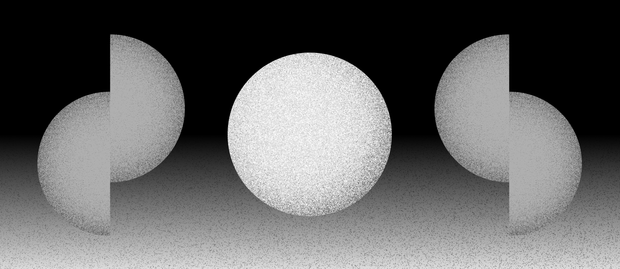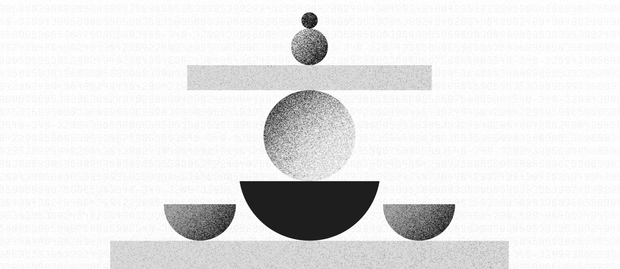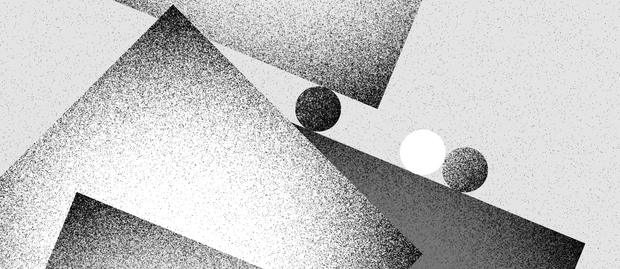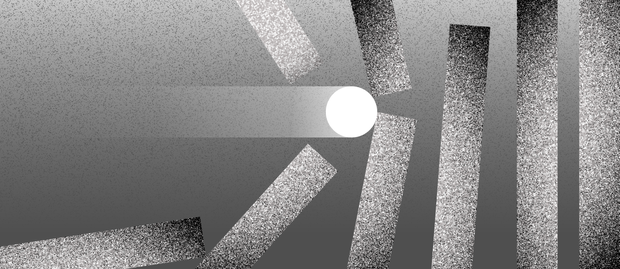
The world of art trade can often seem to run counter to harsh realities like war, inflation, economic downturns, and political crises.
For instance, according to the & UBS report, the global art market witnessed a 3% growth in sales in 2022. In monetary terms, it reached an estimated value of $67.8 billion, which is higher than the pre-pandemic levels from 2019 — a remarkable feat in light of the ongoing uncertainties around the world, right?
So what is going on? And why do some experts say the art market "is beginning to cool"?
To answer these questions, we should trace global art trade sales from 2011 to today. Analyzing the report's Value of Sales in the Global Market chart, we can note that the art market size has seemed to hit the ceiling: peaks of similar $68.2 billion and $67.7 billion were in 2014 and 2018. There weren’t any reports of topping $70 billion per year in the last 12 years at least. So this is hardly “growth”.
Does it mean that the world suffers from a shortage of high-net-worth art collectors or that art is not the asset billionaires — the primary target audience of the art market — want to invest in? Let’s find out.
Facts to consider: The number of billionaires
In 2011, there were 1,210 billionaires with $4.5 trillion in combined wealth. In 2023, Forbes provided 2,640 ten-figure fortunes with a combined $12.2 trillion — more than the two-times increase in twelve years.
It’s worth mentioning that the 2023 year was not a peak, losing in rates to the previous two years, with 2,668 billionaires in 2022 and 2,657 billionaires in 2021.
As you see, the number of the world’s elites and the scale of their wealth has only grown since 2011, and significantly.
Facts to consider: LVMH became Europe’s first $500 billion company
As for the ways today’s billionaires tend to spend their money, the last reports from Europe’s luxury goods company LVMH can shed some light. LVMH got a 17% increase in first-quarter sales of 2023 which was two times more than analysts expected.
This surge in demand led LVMH to reach $500 billion in its market cap, making the luxury powerhouse break into the world’s top 10. Its owner Bernard Arnault became the world’s richest man, with a net worth of nearly $212 billion (yes, Elon Musk is no longer the richest man in the world).
Based on these facts, it’s easy to conclude: The number of billionaires has been growing over the past decade, and their inexorable aspiration to splurge and flaunt their riches. However, not all are enthusiastic about spending their money on art.
In this case, what can reignite the art market, increase the volume of transactions, and attract substantial investments?
Art-related NFTs as an alternative
The pandemic restrictions made everyone and everything go online, and artwork selling was no exception. As such, online sales peaked at $13.3 billion in 2021, of which $2.9 billion was contributed to art-related NFTs.
At that time, a whopping 88% of the HWN art collectors claimed they were interested in buying NFT-based artworks. Moreover, over half (56%) of the respondents noted that they were not just interested, but were actually planning to purchase digital art.
However, as representatives of one of the markets that were relatively slow in adapting to technological innovation pre-pandemic, dealers were in no hurry to sell art-related NFTs. Almost half of them said they had no interest in doing so.
After the pandemic subsided, art exhibitions, auctions, and fairs were back to normal schedules, re-engaging collectors to participate in live events and sales. So, the decline in e-commerce for art was to be expected.
But to the surprise of most art dealers, in 2022, the digital art market hasn’t been entirely back to the pre-pandemic rates. According to the & UBS report:
Art dealers saw a decrease in sales from art fairs in 2022, dropping to 35% from 42% in 2019. Likewise, the number of in-person art fairs was reduced from 408 in 2019 to 346 in 2022.
The number of online-only sales contributed to 16% of the total art market's 2022 value, which was 17% less than the peak in 2021, but still 85% higher than in 2019.
As for the art-related NFTs, the sales slid down to $1.5 billion which was almost half (49%) less than in 2021, but still, over 70 times higher than they were in 2020.
So what’s the future of art market? Digitised.Art's point of view
Answering the original question, ‘What does the Art Market 2023 report really show?”, we at Digitised.Art couldn’t overlook this tendency: More and more HNW collectors today are willing to buy artworks online.
This brings new meaning to the NFT art market noteworthiness and the profitability caliber for art galleries deciding to enter it.
Quoting Robert Norton, CEO of Verisart, a London-based company working in the blockchain field: “While the market has significantly contracted from the 2021 highs, the genie of digital collectibles is very much out of the bottle.”
If you’re one of those dealers who perceive NFTs as an opportunity to be closer to your HNW customers and better meet their wants and needs, the Digitised.Art team is here to help you add this service to your business offerings.
Fill out our contact form, and our business development manager will contact you shortly.
Related articles


